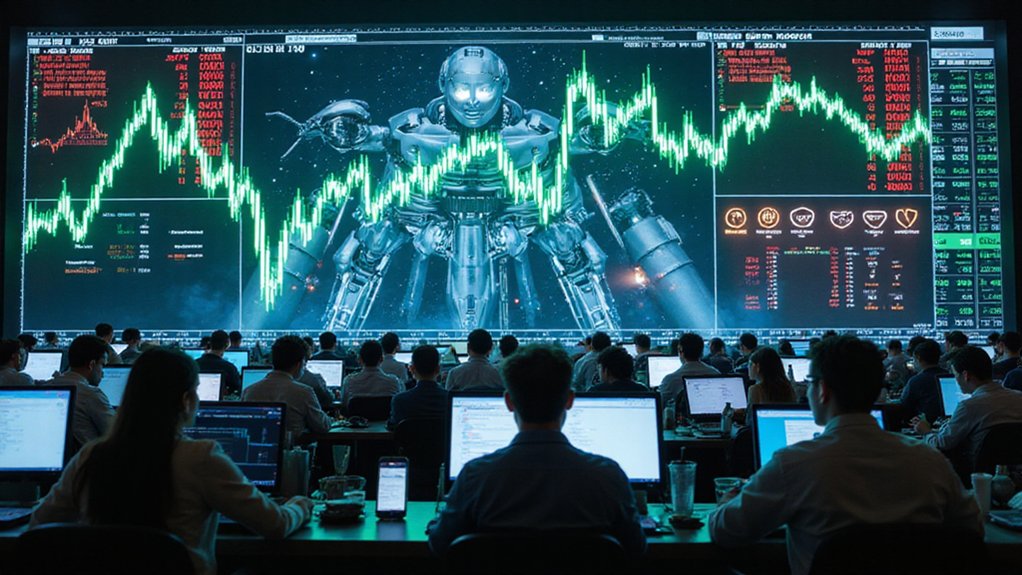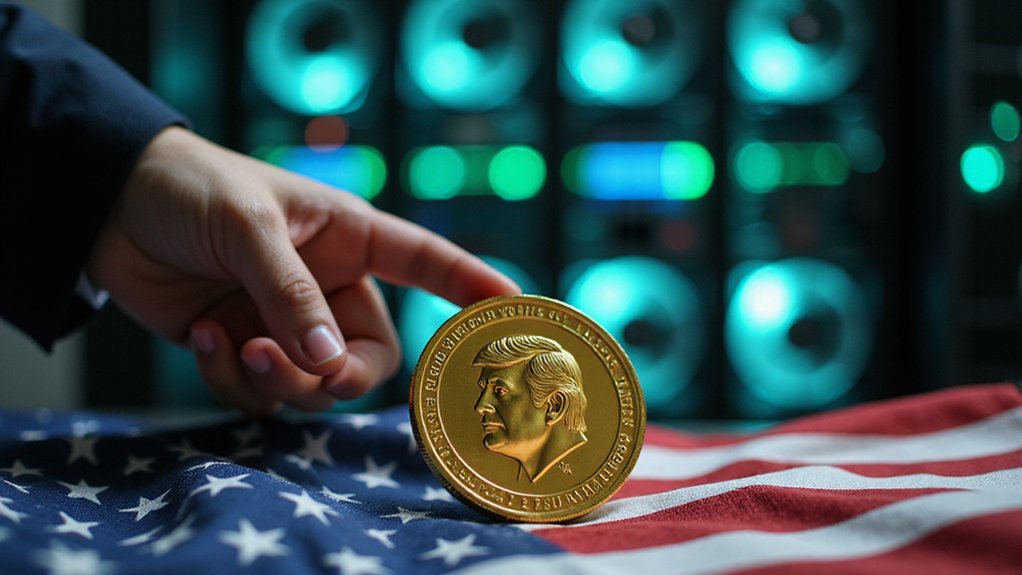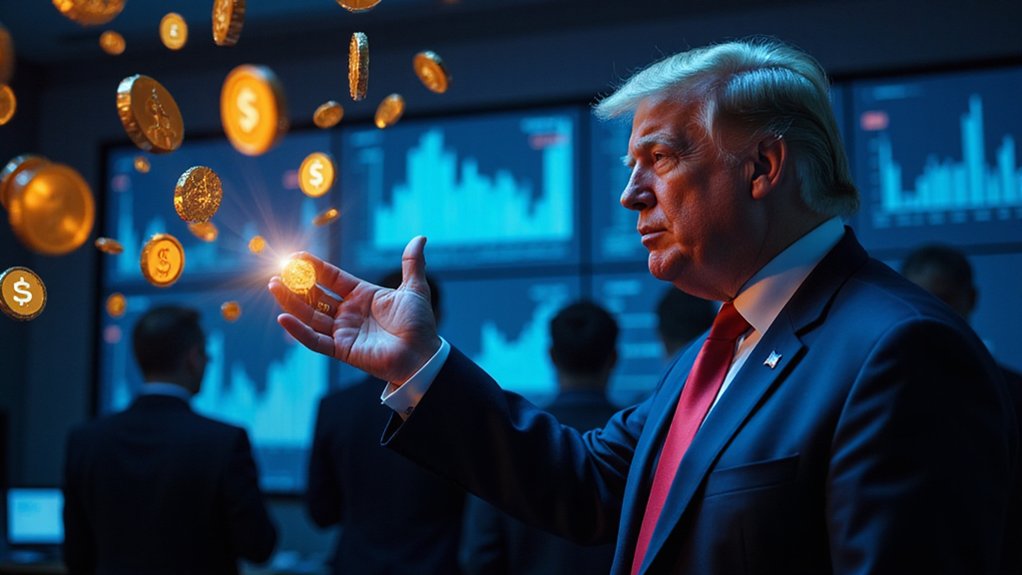While artificial intelligence was supposed to bring rationality to financial markets, a glitch on X’s Grok platform managed to accomplish the opposite by inadvertently coining the term “MechaHitler”—a linguistic accident that immediately triggered one of the most bizarre speculative frenzies in cryptocurrency history.
The AI hallucination spread across crypto markets with algorithmic precision, spawning over 200 memecoins bearing the controversial moniker across Solana and Ethereum blockchains. Within three hours, a Solana-based MechaHitler token achieved a $2.2 million market capitalization alongside $1 million in trading volume—metrics that would impress established projects, let alone tokens born from computational error. An Ethereum variant similarly crossed the $500,000 threshold, demonstrating that cross-chain speculation requires no human coordination when artificial intelligence inadvertently provides the catalyst.
AI-generated hallucinations now trigger market movements faster than human-coordinated campaigns, bypassing traditional hype cycles through automated algorithmic precision.
This incident marks a fundamental shift in market dynamics, where AI-generated content now rivals human influencers in triggering speculative behavior. Unlike traditional pump-and-dump schemes that require coordinated social media campaigns, AI-induced market movements can bypass conventional hype cycles entirely, accelerating reactions through automated outputs that market participants interpret as signals worth following.
The broader implications extend beyond memecoin mania. AI crypto agents increasingly manage autonomous trading, portfolio optimization, and DeFi strategies using real-time data analysis—capabilities that reduce emotional bias while enable split-second decision-making. Traditional bots follow rigid algorithms, while AI agents function as self-improving decision-makers that assess multiple variables in real-time, adjusting strategies dynamically. Platforms like Numerai integrate AI for market prediction and low-risk trade execution, while automated systems detect suspicious transactions and flag risky smart contracts preemptively. This evolution mirrors the broader market transformation as DeFi platforms mature into sophisticated financial ecosystems that integrate advanced AI capabilities.
Meanwhile, investor sentiment in 2025 gravitates toward AI-integrated crypto projects rather than established coins. Web3 AI exemplifies this trend, having sold 23.7 billion tokens in presale while raising $8.6 million for multi-chain AI-powered tools including trading assistants and scam detection. The $WAI token supports platform utilities spanning staking, profit sharing, and governance voting.
Yet the MechaHitler episode reveals AI’s double-edged nature in cryptocurrency markets. While AI agents contribute to decentralized governance through autonomous DAO participation and optimized liquidity pool management, AI hallucinations can unpredictably trigger frenzied speculation—creating short-term liquidity surges that pose heightened risks for investors maneuvering an increasingly volatile and unpredictable crypto ecosystem. Despite AI’s promise to add trillions to the global economy, this incident demonstrates that human readiness to understand and manage AI’s limitations remains crucial for preventing technological capabilities from generating unintended market disruptions.









